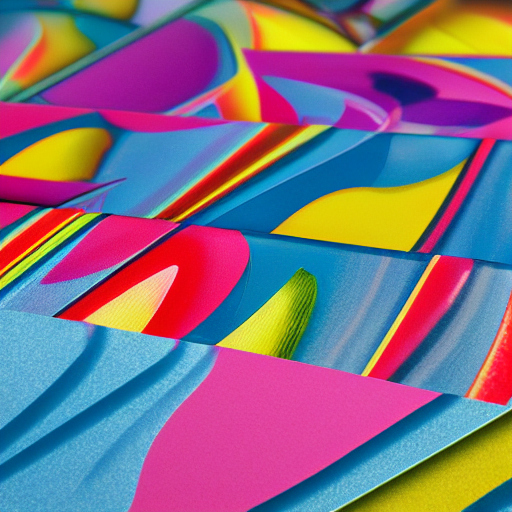A History of Coatings and Inks in the Graphic Arts and Adhesives Markets
Chapter 1: The Birth of Functional Coatings and Inks
The history of functional coatings and inks for the graphic arts and adhesives markets dates back to the early 20th century. Companies recognized the need for specialized products that could enhance the functionality and durability of printed materials.
Rise of Functional Coatings: In the 1920s, companies began developing functional coatings such as varnishes, laminates, and protective films. These coatings provided added protection against wear, tear, moisture, and fading, ensuring printed materials could withstand various environmental conditions.
Efficient Ink Formulations: Simultaneously, ink manufacturers focused on developing high-quality formulations that offered vibrant colors, fast-drying properties, and improved adhesion. These advancements enabled the printing industry to produce visually appealing and long-lasting graphics.
Chapter 2: Advancements in Security Coatings and Inks
The evolution of security coatings and inks played a crucial role in protecting printed materials against counterfeiting and tampering, addressing the growing concerns in the industry.
Innovative Security Coatings: In the 1970s, researchers started introducing security coatings with features like holography, microprinting, and tamper-evident properties. These coatings added an extra layer of protection and authenticity to products like banknotes, certificates, and labels.
Developments in Security Inks: Companies also invested heavily in developing specialized security inks, including UV-reactive, thermochromic, and magnetic inks. These inks provided unique and hard-to-replicate features, helping to combat counterfeiting and fraud.
Chapter 3: The Aesthetic Revolution in Coatings and Inks
The advent of digital printing and evolving consumer preferences ushered in an era of aesthetic coatings and inks, enabling the creation of visually stunning and customizable graphics.
Customizable Coatings: Innovations in the late 1990s introduced coatings that could create unique textures, finishes, and effects, elevating the visual appeal of printed materials. These coatings allowed for endless design possibilities and catered to the growing demand for personalized products.
Enhanced Color Gamut: Alongside aesthetic coatings, ink manufacturers developed inks with expanded color gamuts, including vibrant pigments, metallic, and fluorescent inks. These advancements allowed for the creation of eye-catching visuals that previously seemed unattainable.






Leave a Reply